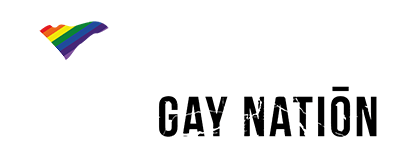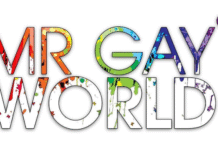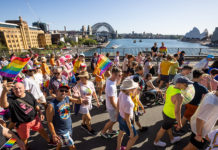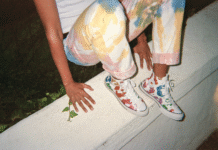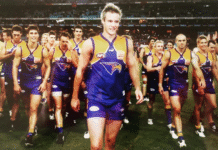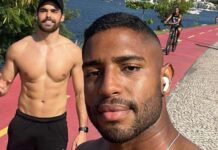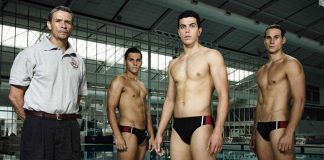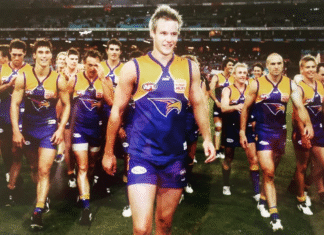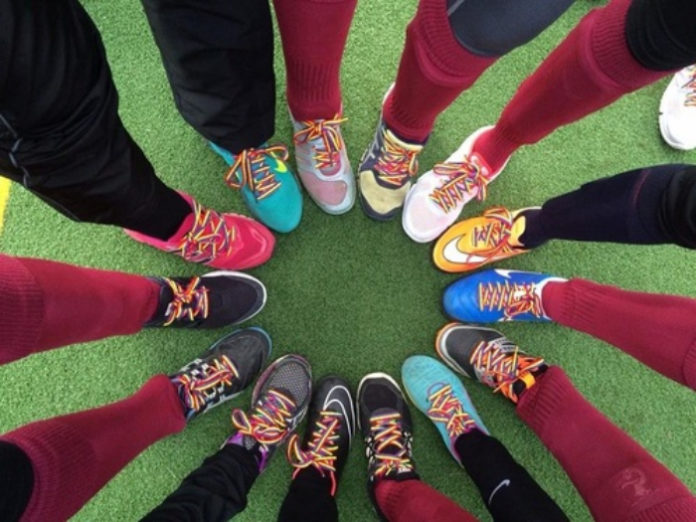
Australian Sporting Authorities have launched guidelines to promote the inclusion of transgender and gender diverse people in sport.
The guidelines which were launched in Melbourne today, are encouraging all Australians to “stand for inclusivity” and it uses information that was already developed in the Sex Discrimination Act 1984 (Cth) and providing guidance on creating and promoting inclusive environments in sport.
Speaking at the launch Sport Australia CEO Kate Palmer said the simplest approach was to “put people first”.
“Sport must be safe and inclusive for all because every Australian has the fundamental right to enjoy the wonderful benefits of sport and physical activity,” Palmer said.
“Sport Australia stands for inclusivity and we want every person in Australian sport to stand with us.
“Research tells us gender diverse people, particularly young people, want to engage more in sport and physical activity but often face or fear peer rejection.
“Let sport be an example for broader society, showing how we can positively influence community connections and a better future.

Palmer suggests the sports must take strong, proactive leadership to stand up against any attitudes or behaviours that lead to discrimination in sport.
“I urge every sporting organisation to use this resource as a guide to make your sport more inclusive,” said Palmer.
“But it’s not just up to our sport leaders, every single person involved in Australian sport can play an important part in being more inclusive.”
The Guidelines go into great details about the types of discrimination that can occur and uses specific case studies as examples.
The document also includes a checklist designed to help sporting organisations, their staff and volunteers, to identify practical steps that they can take to promote the inclusion of transgender and gender diverse people in sport.
Leadership
1. Have you made a commitment to the inclusion of transgender and gender diverse people in your sporting organisation?
2. Do you take active steps to educate your staff, coaches, players, volunteers and members about including transgender and gender diverse people in your sporting organisation?
3. Do you have a champion for transgender and gender diverse inclusion in your sporting organisation?
Inclusion policy
4. Does your sporting organisation have a publicly available inclusion policy in place, which:
• specifically promotes the inclusion of transgender and gender-diverse people
• clearly articulates that participation in sport should be based on a person’s affirmed gender identity and not the sex they were assigned at birth, to the fullest extent possible
• provides guidance to staff and volunteers on how to include transgender and gender diverse participants and respond appropriately to any issues that may arise?
5. If you plan to rely on the ‘competitive sporting activity’ exemption, does your sporting organisation have an established, clear, written and publicly available policy that explains how the exemption will be assessed?
6. Does your sporting organisation ensure that non-binary people can participate in your sport?
Code of conduct
7. Does your sporting organisation have a code of conduct that outlines a zero-tolerance policy for the harassment of transgender and gender diverse people?
8. Does your sporting organisation provide appropriate education and training to staff, players and volunteers about identifying, addressing and preventing the harassment of transgender and gender diverse people?
Uniforms
9. Does your sporting organisation provide players with an appropriate range of uniform styles and sizes that cater to different body shapes?
Facilities
10. Are your sporting organisation’s existing facilities inclusive?
11. If your sporting organisation is moving facilities, upgrading existing facilities, or building new facilities, will these facilities be inclusively designed?
Collecting and using personal information
12. Does your sporting organisation have inclusive information collection processes in place?
13. Does your sporting organisation have safeguards in place to ensure the information it collects is kept private and confidential?
Sex Discrimination Commissioner Kate Jenkins said the Australian Human Rights Commission consulted with a broad range of sporting stakeholders, including transgender and gender diverse participants across a variety of sports and competition levels to develop the guidelines.
“Unfortunately transgender and gender diverse people are sometimes excluded from sport or experience discrimination and sexual harassment when they do participate,” Jenkins said.
“While some reported positive experiences of inclusion, others described how they had been excluded from the sports they loved because of their sex or gender identity.
“Some spoke of disengaging from sport during their transition journey because of their concern about how their team mates would treat them.
At the @sportaustralia launch of “Guidelines for the inclusion of transgender and gender diverse people in sport”. This is after @MU_Sport are recognised as joint winners with @TennisAustralia for having the highest overall ranking at the @PrideinSportAU awards last night. pic.twitter.com/4wcv8220ML
— UniSport Australia (@unisportAU) June 13, 2019
The Coalition of Major Professional and Participation Sports(COMPPS) represents some of Australia’s biggest sports, including 9 million participants and 16,000 clubs.
COMPPS spokesperson is the CEO of Tennis Australia Craig Tiley and he has urged all sports to engage with the guidelines.
“We are proud to be involved in the development of these guidelines, but these are just words on pages until we, as sport leaders, implement them and bring them to life,” Tiley said.
“As custodians for our sports, we all need to embrace and promote the importance of diversity and inclusion so that sport better represents individuals, communities and Australia as a whole.”
Guidelines can be accessed here.
Last Updated on Jun 13, 2019
The news team for Gay Nation love tips from our readers. Got tips or a news story that you would like published? Go here to tell us something.
Visit the Gay Nation store Now

